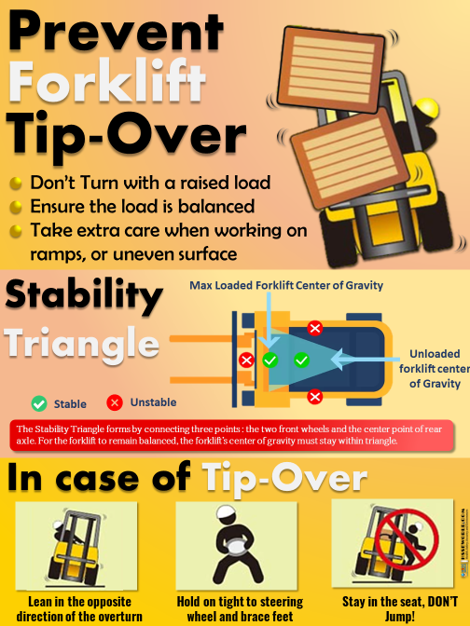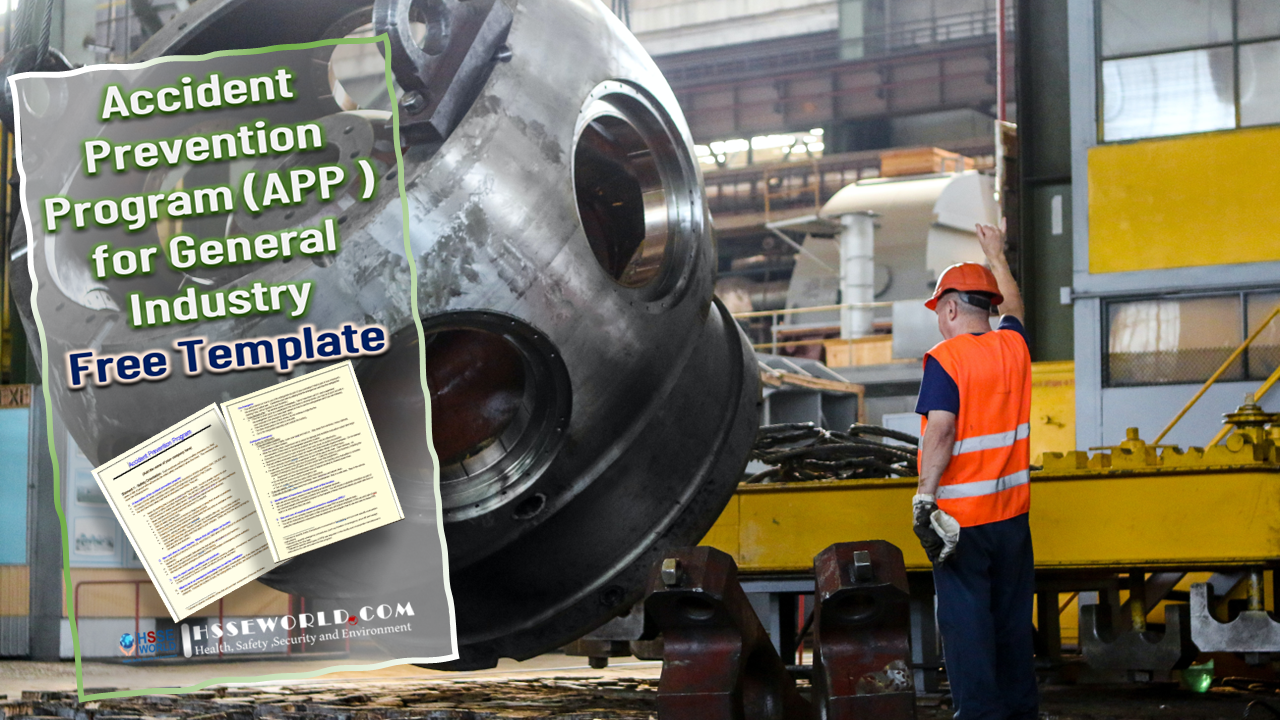This article outlines the specific planning and execution requirements for lifting critical loads and to provide minimum requirements for the methods, procedures, and responsibilities for performing critical lifts on Construction projects.

CRITICAL CRANE LIFTS
- Critical crane lifts include, but are not limited to, the following examples:
- Any part of a crane whose boom or boom attachment is working within 6 meters (20 feet) of any hydrocarbon and/or pressurized piping areas. This includes cranes having to suspend a load over vessels, piping, and/or equipment containing hydrocarbons, steam, or other pressurized liquids.
- Any part of a crane whose boom or boom attachment is working within 6 meters (20 feet) of any populated/traffic areas. this includes cranes having to suspend a load over pedestrians, vehicle traffic, occupied construction equipment, and/or occupied buildings.
- Any crane lift that requires an attachment(s) to the main boom.
- Any load exceeding 25 tons.
- Any load that exceeds 75% of the crane’s rated load capacity or manufacturer’s specifications for a specific lift.
[efsicon type=”fi-pencil”]Note: No lifts are permitted that exceed 95% of the load chart for any given configuration of the crane.
- Any part of a crane whose boom or boom attachment is working within 6 meters (20 ft) of any energized power lines. When working less than 1-1/2 fully extended boom lengths from energized power lines,a designated signalman shall ensure the minimum distances.
- Special critical crane lifts, hazardous by their nature and requiring special training, rigging, and/or boom attachments, include, but are not limited to, the following examples and requirements:
- Tailing lifts, tandem (multiple cranes), or turning lifts:
- De-rate all cranes involved in the lift by 25% of the load chart.
- Utilize cranes of same size, manufacturer, and model, if possible, (except tailing lift) for tandem (multiple), and turning lifts.
- Have a separate, approved Critical Lift Plan on site prior to the lift, each time one of these types of lifts is performed.
- Crane suspended personnel platforms:
- Only allow work from, or transport by, a crane suspended personnel platform when conventional means of performing the work or reaching the work site would be more hazardous, or is not practical, because of structural design or work site conditions.
- Have an approved Critical Lift Plan on site prior to the lift.
- Have a Crane Suspended Personnel Platform Permit properly completed, signed, and onsite prior to the lift.
- De-rate the crane by 50% of the load chart.
- Not perform crane suspended personnel platform lifts in wind speeds exceeding 25 km/h (15 mph – 13 knots – 7 meters/second).
- Have prior written approval from the Project Management for crane suspended personnel platform operations that are performed at night.
- Night time crane lifts:
- Have an approved Critical Lift Plan on site prior to each crane lift performed at night (between sunset and sunrise).
- Have specific prior written approval from Project Management for each crane lift performed at night.
- Have proper lighting, sufficient to perform the lift safely.
- Tailing lifts, tandem (multiple cranes), or turning lifts:
- On rubber or pick and carry lifts:
- Have the on rubber and pick and carry lift duties stated on the manufacturer’s crane load chart for this duty to be an acceptable option.
- Have the crane operator confirm that the proper recommended tires are fitted (sand tires are not acceptable) and that tires have no obvious defects and are at the manufacturer’s recommended tire pressure.
- Have the travel surface level, free of potholes, and with acceptable ground conditions. Travel speed shall not exceed 4 km/h (2.5 mph).
- Have the load secured to prevent any swing into the crane structure. Snubbing or tag lines shall be used.
- Have travel procedures, as specified by the manufacturer, followed (e.g., the turntable swing-lock pin should be engaged during travel).
Download: photo-of-the-day-working-safely-with-suspended-loads/
CRITICAL LIFT PLANS
- All critical lifts require an approved Critical Lift Permit. Free Download [efsicon type=”fi-arrow-down”]
- The Critical Lift Plan and Rigging Study shall include the following components:
- A completed Critical Lift Permit Form.
An Elevation View showing :

crane building a blue 3D text. Part of a series.
- The make and model of the crane with boom, boom length, radius and crane capacity for configuration used.
- Rigging accessory information to identify and show capacity of sling, shackles, spreader beams, spreader beam dimensions, blocks, etc.
- Tabulation of weights of all items that constitute load on the crane boom, i.e. lifted load, load lines, load blocks, spreaders, slings, shackles, jib, headache ball, etc.
- Lifted equipment information to include: weight, height, diameter, point of support, center of gravity
and degree of dress-out. - Calculation of tailing load
- Any obstructions or interference to the lift from existing equipment, structures, etc.
- Details of the supporting mats or foundation under the lifting crane and tailing crane with notation indication of the bearing capacity of the sub-soil and the calculated applied load.
- Ratio of the lifted load of each crane’s chart capacity as configured.
- Crane boom to load clearances.
A Plan View showing (on an overlay of the area plot plan):
- The lift and tailing crane location at the beginning of the lift, any travel and the final location.
- Initial horizontal position of equipment to be lifted.• Layout and specifics for all required matting
- [efsicon type=”fi-pencil”]Note: Crane mats are required whenever the crane outrigger or crawler tracks equal or exceed a soil bearing pressure of 2,000 pound/square foot (lb/ft2).
- The plot layout should show any existing area and any new construction that will be in place when the lift occurs.
- Special note shall be made of any underground lines or if the lift will pass over any operating condition, i.e.: pipe rack, equipment, tank, electrical, building, etc.
- Special note should be made if any portion of the lifting configuration will, at any time during the lift, pass within ten (10)feet of any exposed live electrical component.The area under the boom’s arc that shall be “off-limits” to all personnel.
Rigging Study Attachments to make the review more efficient and complete shall include:
- Equipment weight information from the Equipment Manufacturer.
- Equipment weight verification – this can be either scale weight tickets or independently calculated weight.
- Cut sheets from the Crane Vendor’s capacity chart indicating the appropriate configuration.
- Cut sheets from the manufacturer of the rigging attachments showing capacity and weight.
- Outrigger or crawler track soil bearing pressure chart or calculations.
- Rigging accessory data to identify sling type and manufacturer, sling capacity, shackles, spreader beams, spreader beam dimensions, blocks, etc.
importance-of-crane-load-chart/
Loads noted in approved Critical Lift Plans shall be rigged by a rigger certified for that load category. The Critical Lift Plan form shall be properly completed, signed, and approved prior to the lift. It shall first be signed by the originator; then signed by the crane operator, and Contractor Rigging Superintendent (designated Competent Person). It shall then be reviewed and approved by the Rigging Specialist. The Contractor Rigging Superintendent shall physically examine the job site and the equipment to be used prior to giving signature approval to the Critical Lift Plan. He shall be physically present to supervise all Critical Lifts. Blanket or multiple use Critical Lift Plans are intended to expedite operations where crane lifts are identical, yet performed on different dates, or where lifts will be performed continuously until the work is completed.
- Blanket and multiple use Critical Lift Plans may be used for critical lifts using the same model and capacity of crane, working from the same location, to lift the same piece of equipment during different time periods, without having to fill out and sign a new Critical Lift Plan form. The same Critical Lift Plan may be used for critical crane lifts, provided:
- The load configuration is identical,
- The same lifting equipment and accessories (crane, load weight, location, obstructions, work environment, etc.) are used,
- The same rigging configuration is used, and
- Field verification has been performed by the Rigging Specialist.
- Multiple use Critical Lifts Plans are crane lifts using the same model and capacity of crane and location to lift an assortment of different pieces of equipment. The same Critical Lift Plan may be used for multiple use critical crane lifts, provided:
- The most extreme radius, boom length, and load weight of the multiple lifts is used in the calculations,
- The same crane is used,
- The Crane Operator and Contractor Rigging Superintendent, who signed the multiple use Critical Lift Plan are used, and
- A multiple use Critical Lift Plan shall not be valid thirty (30) days
from the date of signature by the Contractor Rigging Superintendent. After thirty (30) days, a new multiple use Critical Lift Plan shall be obtained.
Critical lifts routinely performed in high risk operating environments, such as plants, refineries, and pressurized piping areas, should have related job standards or operation procedures modified to include approved ‘blanket’ Critical Lift Plans that specify required rigging for repetitive jobs.
Read: Secure Your Lifts:Guidelines for Safe Lifting Operations Free Planning Tool
For more safety resources click here




